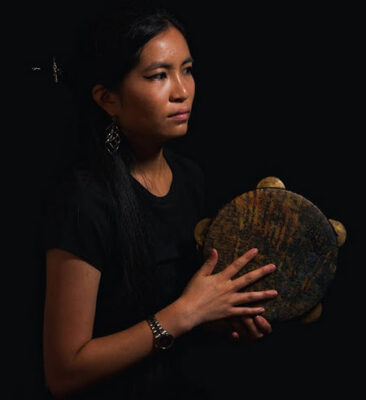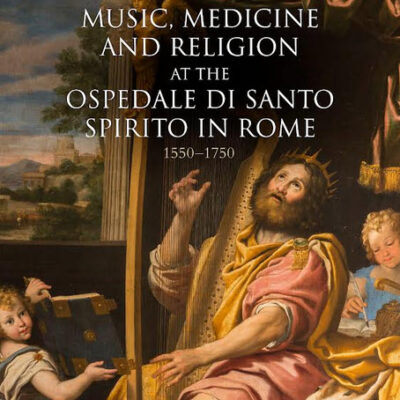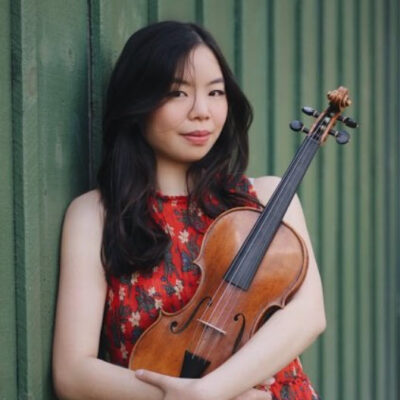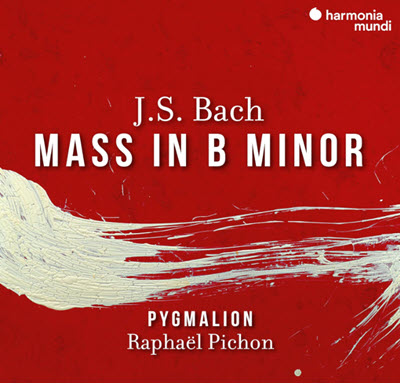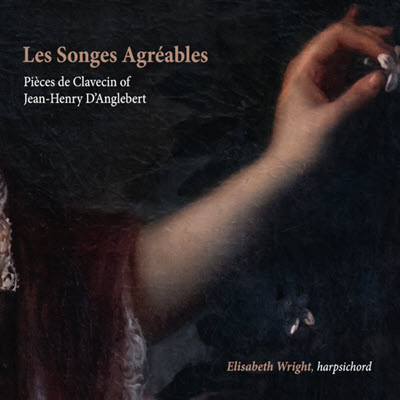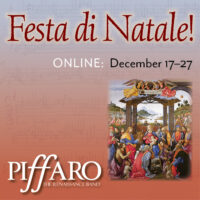Showcasing ‘The Women of Magdala’
The eclectic ensemble Magdalena, its members trained in historical performance, explored their broad interests at last year’s EMA Emerging Artists’ Showcase concert. From Irish sean-nós folk singing to a Renaissance dance suite, their program explored music associated with historical women named Magdalena.
Showcasing ‘The Women of Magdala’ Read More »

